Description
The Crosshatch Goby, Valenciennea muralis, also called Mural Goby, is a visually striking fish with a slender body and a maximum size of approximately 4 inches (10 centimetres). It showcases a beautiful colouration pattern with a light tan to cream-coloured body adorned with intricate, branching lines, resembling a crosshatch pattern.
Natural Habitat:
In its natural habitat, the Crosshatch Goby inhabits tropical waters, specifically sandy areas near coral reefs. It prefers areas with moderate water flow and can be found at varying depths. Its habitat consists of sandy or muddy substrates interspersed with patches of coral or rocky formations.
Keeping Crosshatch Gobies Healthy:
The care level for Crosshatch Gobies is considered moderate, requiring some specific conditions to thrive. Maintaining stable water parameters, including temperature, salinity, and pH levels, is crucial. The goby also benefits from the presence of live rock or coral structures to provide hiding places and create a sense of security in the aquarium.
Special Requirements and Feeding:
The Crosshatch Goby is primarily a sand sifting fish, spending much of its time sifting through the substrate in search of small invertebrates, worms, and organic matter. It is essential to provide a deep sand bed or fine sandy substrate to accommodate this feeding behaviour. Supplementing its diet with high-quality marine pellets, frozen foods like brine shrimp and mysis shrimp, and occasional live foods can help ensure proper nutrition.
How Many Should I Keep?
Crosshatch Gobies can be kept singly or in pairs, depending on the size of the aquarium. A minimum tank size of 20 gallons (75 litres) is recommended for a single goby, with an additional 10 gallons (38 litres) for each additional fish. Keeping them in pairs can promote natural behaviours and social interactions.
Lighting Preference:
The Crosshatch Goby, or Mural Goby, does not have any specific lighting preferences. However, providing a well-lit aquarium will enhance the visibility of its colouration and pattern.
Suitable Tank Mates:
The Crosshatch Goby is generally peaceful and can be housed with a variety of tank mates. Compatible species include other peaceful fish, small invertebrates like shrimp and crabs, and certain types of corals. However, it is important to avoid aggressive or territorial species that may harass or intimidate the goby.
Sand Sifting Goby:
The Crosshatch Goby, or Valenciennea muralis, exhibits sand sifting behaviour, using its specialized mouth to sift through the sandy substrate. This feeding technique allows it to extract small invertebrates, worms, and organic matter as its primary source of food. Not only does this behaviour fulfil the goby’s nutritional needs, but it also plays a crucial role in the aquarium ecosystem. By continuously sifting through the sand, the goby helps aerate and clean the substrate, preventing the accumulation of debris and promoting a healthier environment for other tank inhabitants.
Reproduction in the Wild:
In the wild, the Crosshatch Goby follows a natural reproductive cycle. Male gobies establish territories where they court and attract females for spawning. Once the female is receptive, the male performs courtship displays, culminating in the release of sperm to fertilize the eggs externally. The fertilized eggs then drift in the water column until they hatch into larvae.
Breeding Valenciennea muralis:
Breeding the Crosshatch Goby, Valenciennea muralis, in a controlled environment can be a rewarding endeavour for dedicated aquarists. Here is a detailed overview of the breeding process:
- Set Up:
Create a separate breeding tank with suitable water parameters, including temperature, salinity, and pH levels. Provide a sandy substrate and hiding places for the gobies to lay their eggs.
- Courtship/Spawning:
Introduce a well-conditioned male and female into the breeding tank. The male will initiate courtship displays, exhibiting vibrant colours and performing ritualized behaviours to attract the female. Once the female is receptive, spawning occurs, with the male releasing sperm to fertilize the eggs externally.
- Rearing:
After spawning, promptly remove the adults from the breeding tank to prevent predation on the eggs. The adhesive eggs will attach to the substrate or other surfaces within the tank. Maintain optimal water conditions, including temperature, water flow, and appropriate nutrition for the developing embryos. The eggs will hatch into larvae within a few days, and specialized larval rearing techniques, such as providing suitable food and optimal water conditions, are necessary for their survival and growth.
Sexual Dimorphism:
The Crosshatch Goby does not exhibit significant sexual dimorphism, making it challenging to visually distinguish between males and females. Both sexes share similar body shape, colouration, and pattern.
Distribution:
The Crosshatch Goby, Valenciennea muralis, is sourced from its natural habitat in the tropical waters of the Indo-Pacific region. While captive-bred and line-bred strains of this goby are available, the original fish originate from wild populations.
Summary:
The Crosshatch Goby, or Valenciennea muralis, is a visually captivating fish known for its unique crosshatch pattern and sand sifting behaviour. By sifting through the substrate, it obtains food and contributes to a cleaner aquarium environment. Breeding this goby involves creating a suitable breeding setup, facilitating courtship and spawning, and providing proper nutrition.
The Fish pictured here are representative only and the livestock you receive may vary in pattern, coloration, and shape.


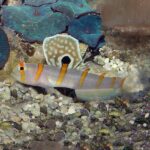


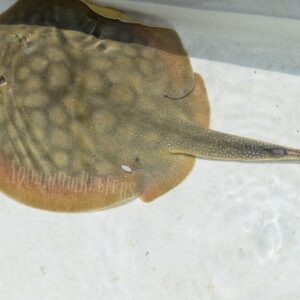
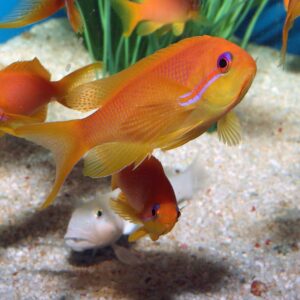
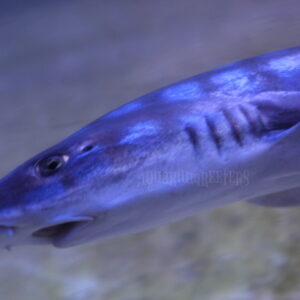

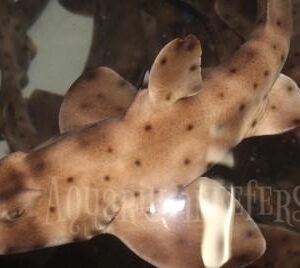 Horn Shark
Horn Shark 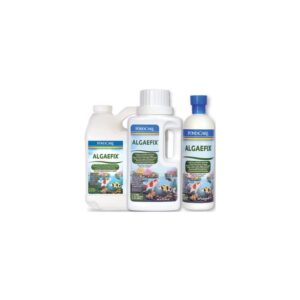 API Pond Care AlgaeFix 2.5 Gal
API Pond Care AlgaeFix 2.5 Gal  Scribbled Bimaculatus Anthias Male
Scribbled Bimaculatus Anthias Male 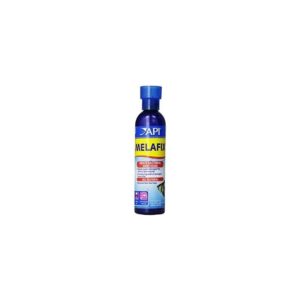 Melafix 16oz API Freshwater Aquarium
Melafix 16oz API Freshwater Aquarium 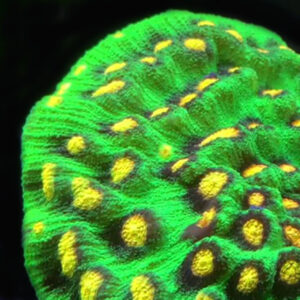 Raja Rampage Chalice F4
Raja Rampage Chalice F4 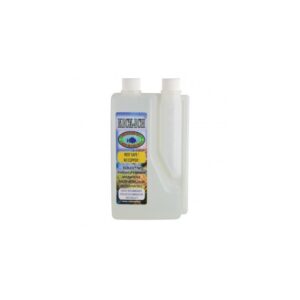 Ruby Reef Kick Ich Pro 64oz
Ruby Reef Kick Ich Pro 64oz  Pulcherrimus Anthias
Pulcherrimus Anthias 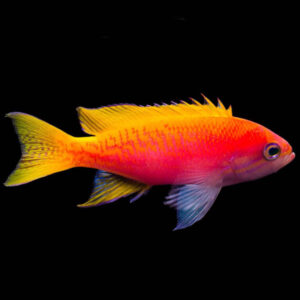 Scribbled Bimaculatus Anthias
Scribbled Bimaculatus Anthias  Green Blue Eye Favia F2
Green Blue Eye Favia F2 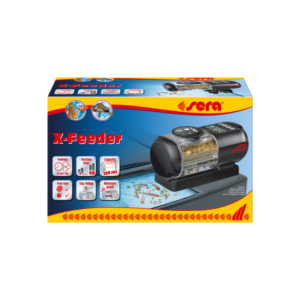 Sera X-Feeder
Sera X-Feeder 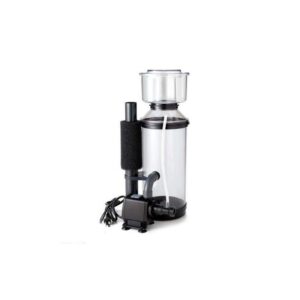 ASM G-3 Protein Skimmer
ASM G-3 Protein Skimmer  AcroPower SPS Amino Acid 500ml Two Little Fishies
AcroPower SPS Amino Acid 500ml Two Little Fishies 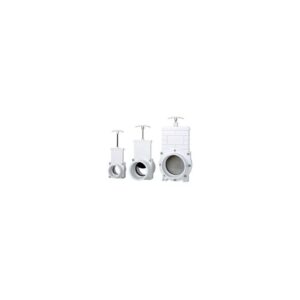 1.5" Knife Gate Valve
1.5" Knife Gate Valve  UltraPlanktos-P 500ml - Brightwell Aquatics
UltraPlanktos-P 500ml - Brightwell Aquatics 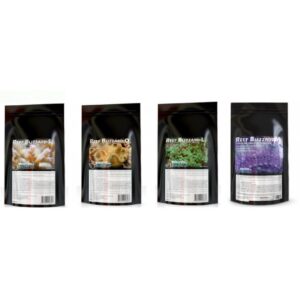 Brightwell Aquatics Reef Blizzard-S 50G
Brightwell Aquatics Reef Blizzard-S 50G  Hydra Flex Arm 18"
Hydra Flex Arm 18"  Coral Feeder 21.65"
Coral Feeder 21.65" 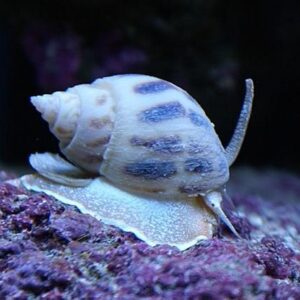 Nassarius Snail
Nassarius Snail 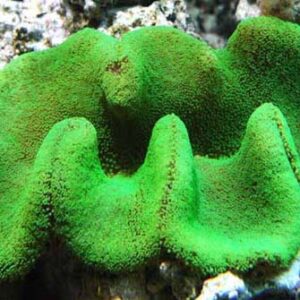 Fluorescent Green Carpet Anemone
Fluorescent Green Carpet Anemone 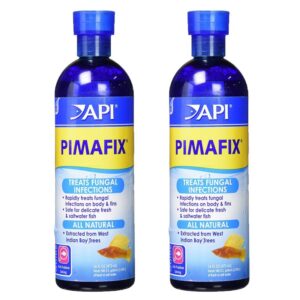 Pimafix 16oz Fresh / Saltwater - API
Pimafix 16oz Fresh / Saltwater - API 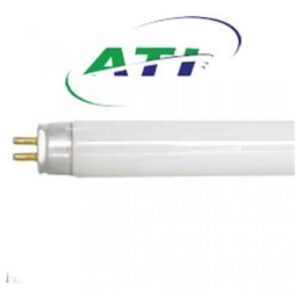 ATI 24 Inch 24W Aquablue Special T5HO Fluorescent Bulb
ATI 24 Inch 24W Aquablue Special T5HO Fluorescent Bulb 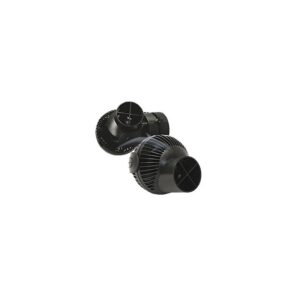 Tunze Turbelle nanostream 6025
Tunze Turbelle nanostream 6025 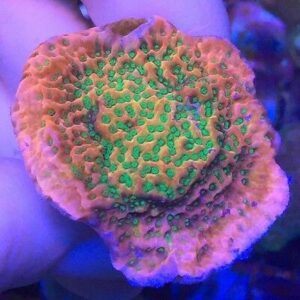 Tropic Thunder Montipora F3
Tropic Thunder Montipora F3  Chemi-Pure Elite 11.74oz
Chemi-Pure Elite 11.74oz 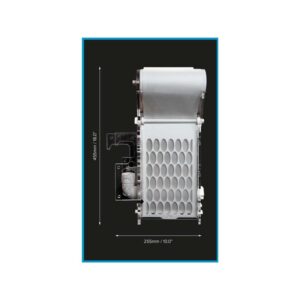 ClariSea SK-5000 Gen3
ClariSea SK-5000 Gen3  AI Prime Flex Arm 12"
AI Prime Flex Arm 12" 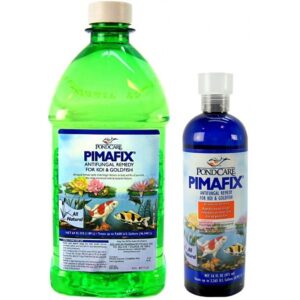 API Pondcare Pimafix 64oz
API Pondcare Pimafix 64oz 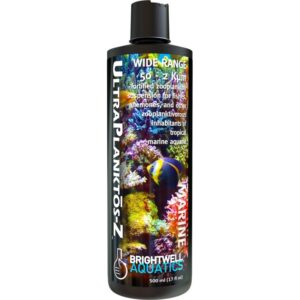 UltraPlanktos-Z CWM 500ml - Brightwell Aquatics
UltraPlanktos-Z CWM 500ml - Brightwell Aquatics  API Stress Coat + 64oz Pond Version
API Stress Coat + 64oz Pond Version 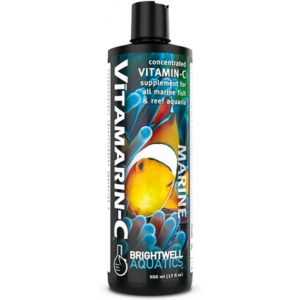 Vitamarin-c 500ml - Brightwell Aquatics
Vitamarin-c 500ml - Brightwell Aquatics  Malu Anemone
Malu Anemone 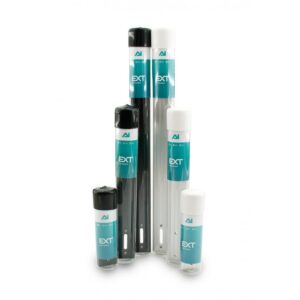 AquaIllumination 18" EXT Rail ( Clear )
AquaIllumination 18" EXT Rail ( Clear ) 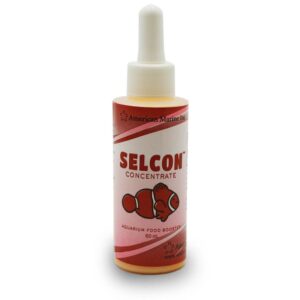 Selcon Concentrate (2 oz / 60 ml)
Selcon Concentrate (2 oz / 60 ml) 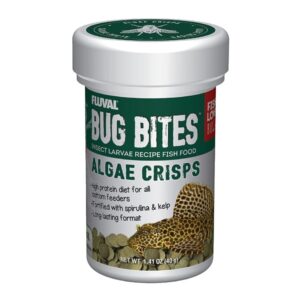 Bug Bites Algae Crisps 3.52oz / 100g (A7361) - Fluval
Bug Bites Algae Crisps 3.52oz / 100g (A7361) - Fluval  Eheim Jager TruTemp 125 Watt Fully Submersible Heater
Eheim Jager TruTemp 125 Watt Fully Submersible Heater  ReefBlizzard-ZC Freeze Dried Rotifier 5G Brightwell Aquatics
ReefBlizzard-ZC Freeze Dried Rotifier 5G Brightwell Aquatics  FishAid 16oz Kit - Ruby Reef
FishAid 16oz Kit - Ruby Reef 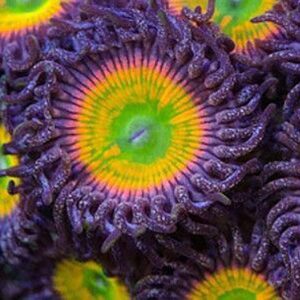 Sunny D Zoanthid F2
Sunny D Zoanthid F2 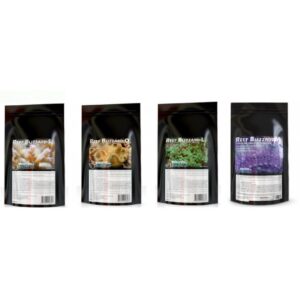 Brightwell Aquatics Reef Blizzard-A 50G
Brightwell Aquatics Reef Blizzard-A 50G
Reviews
There are no reviews yet.